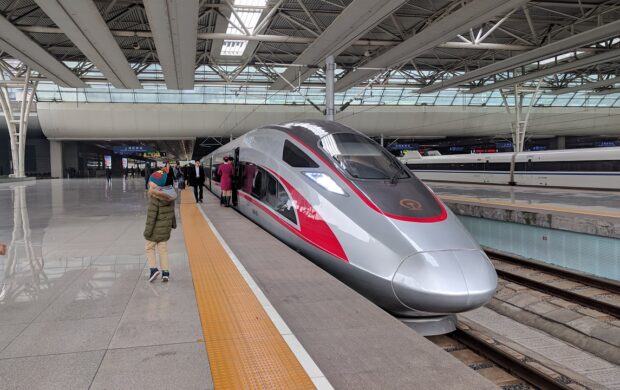Through reduced costs, resource use, and carbon footprints, a report from Accenture and Dassault Systèmes suggests that Virtual Twins could unlock $1.3 trillion in economic value and save 7.5 Gt CO2e in emissions.

Virtual twins, or digital counterparts, help improve manufacturing quality control, drive efficient use of resources, and encourage cross-functional collaboration while also reducing product life-cycle times. These advantages, in addition to virtual twins helping businesses keep track of materials and products, make virtual twins an important step towards a circular economy.
So what?
While the advantages of virtual twins seem clear in certain industries – lowering costs, reducing material use and waste, enabling zero-waste iteration, and fostering cross-functional collaboration – what other undiscovered applications might there be for using virtual twins?
And, beyond accelerating the disparity between the digitally literate and illiterate, what unforeseen implications might virtual twins bring about?








Join discussion